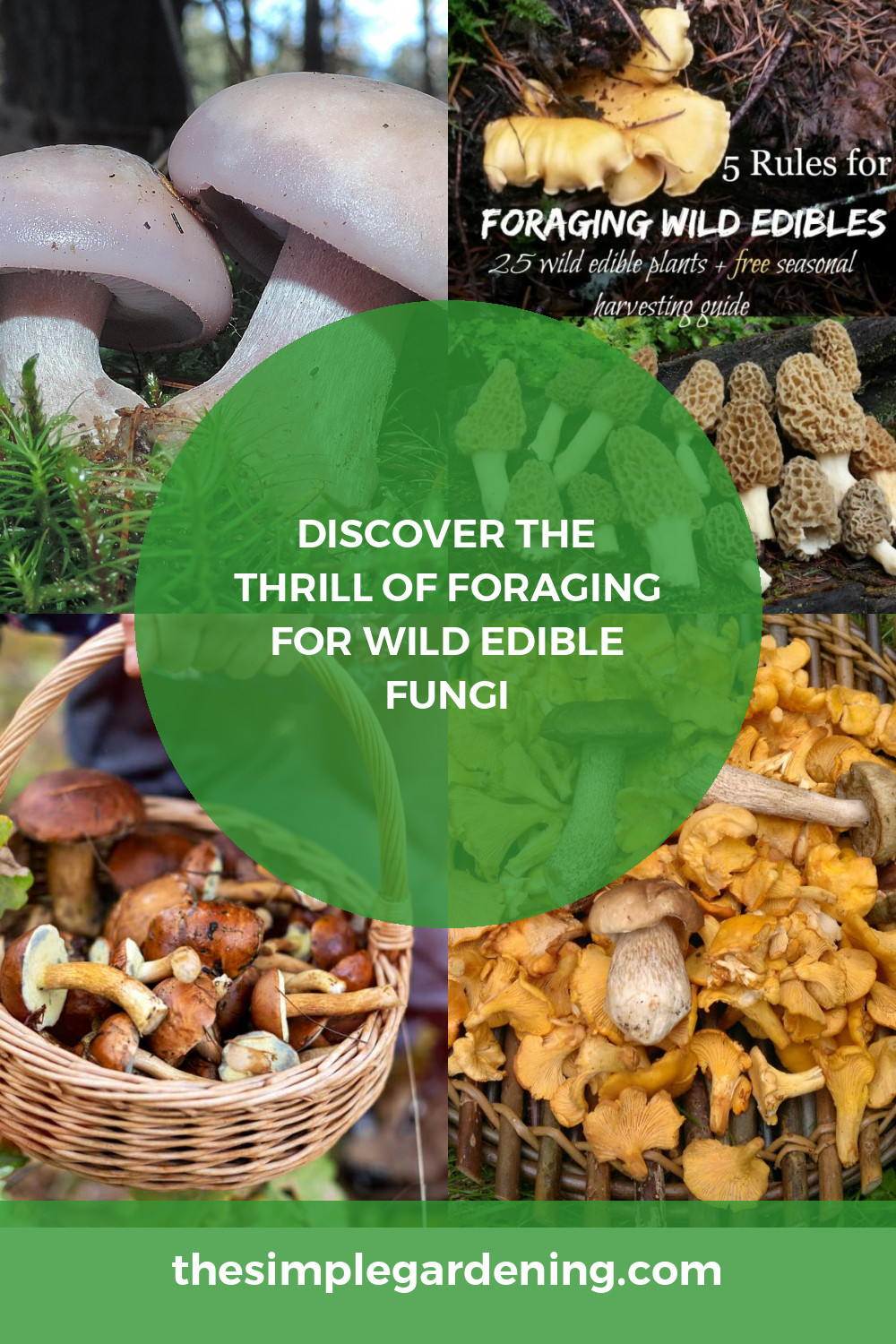Foraging for wild edible fungi is an exciting and rewarding activity that connects us to nature and the rich biodiversity around us. Whether you are a seasoned forager or a curious beginner, understanding the history, cultural significance, and benefits of foraging for edible fungi is essential.
History of Mushroom Foraging
Mushroom foraging has a long and storied history, deeply embedded in many cultures across the globe. For centuries, humans have gathered wild mushrooms for food, medicine, and even religious ceremonies.
| Region | Historical Significance | Notable Edible Fungi |
|---|---|---|
| Europe | Ancient Greeks and Romans prized mushrooms for culinary and medicinal uses. | Chanterelles, Morels |
| Asia | Chinese and Japanese cultures have long histories of mushroom cultivation and use in traditional medicine. | Shiitake, Enoki |
| North America | Indigenous tribes used mushrooms for food and ceremonial purposes. | Hen of the Woods, Lion’s Mane |
Importance of Edible Fungi in Various Cultures
Edible fungi play a significant role in various cultures, not only as a food source but also in traditional medicine and folklore.
- China: Reishi mushrooms are revered for their medicinal properties.
- Italy: Porcini mushrooms are a culinary delicacy.
- Russia: Birch polypore mushrooms are used in traditional teas.
Benefits of Foraging for Edible Fungi
Foraging for wild edible fungi offers numerous benefits:
- Health Benefits: Many wild mushrooms are rich in vitamins, minerals, and antioxidants.
- Economic: Foraging can save money on groceries.
- Environmental: Sustainable foraging helps in preserving local ecosystems.
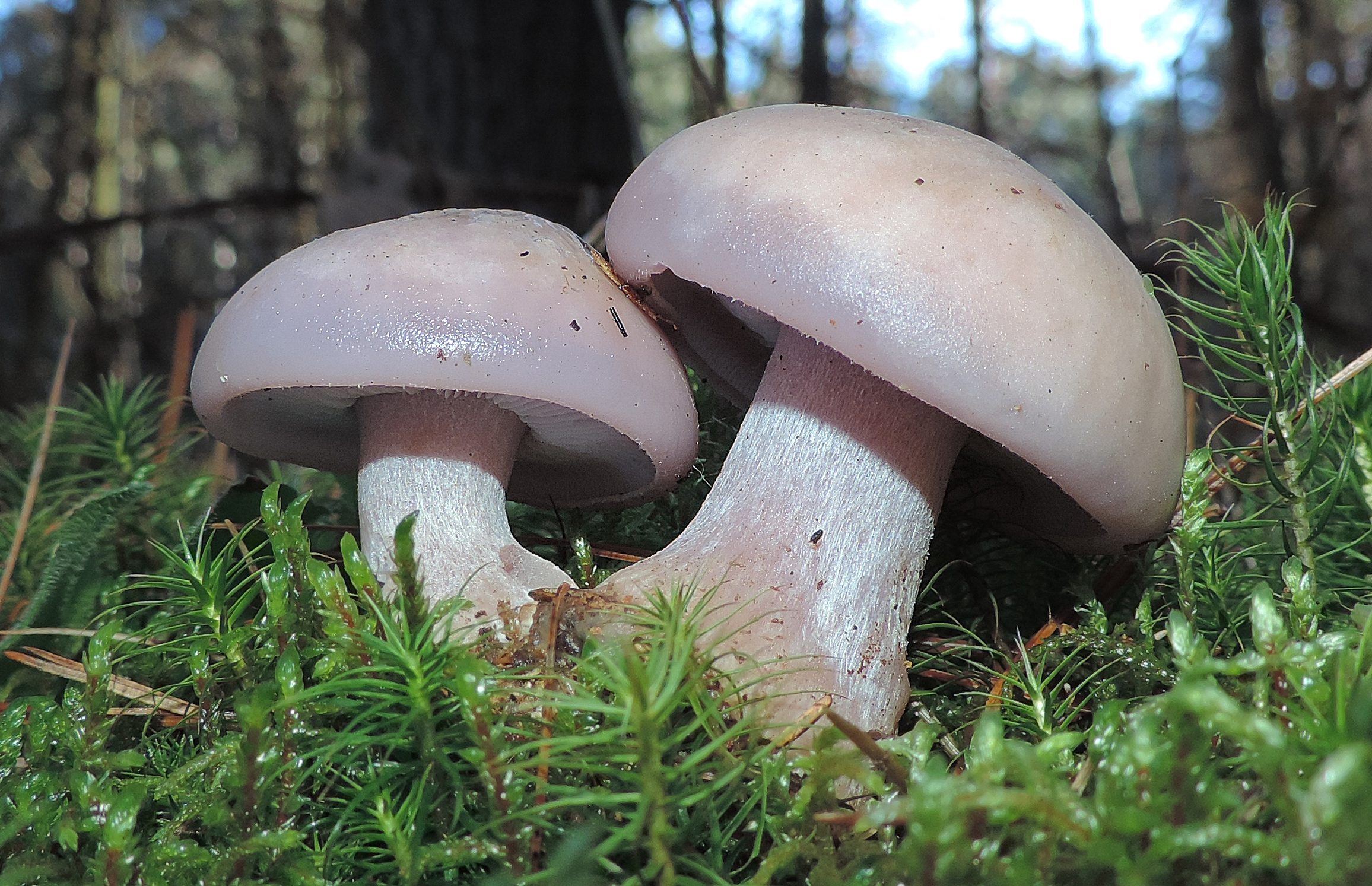
Source Image: learnyourland.com
Essential Tools and Gear for Fungi Foraging
To make your foraging experience safe and productive, having the right tools and gear is crucial. Let’s delve into the essentials you need to pack before heading out.
Foraging Baskets and Bags
Choosing the right basket or bag is essential to keep your mushrooms intact and free from damage.
| Type of Container | Pros | Cons |
|---|---|---|
| Woven Baskets | Excellent airflow, prevents mushrooms from getting squished. | Can be bulky to carry. |
| Mesh Bags | Lightweight, allows spores to spread. | May not protect delicate fungi. |
| Cloth Bags | Eco-friendly, easy to carry. | Limited airflow can cause moisture buildup. |
Knives and Other Cutting Tools
A good knife can make a significant difference in your foraging efficiency.
- Foraging Knife: A small, curved knife designed for cutting mushrooms at the base.
- Pocket Knife: Handy for various foraging needs.
- Brush: To clean dirt off the mushrooms immediately after picking.
Field Guides and Identification Books
Carrying a reliable field guide helps in correctly identifying edible fungi and avoiding toxic ones.
| Title | Author | Description |
|---|---|---|
| “Mushrooms Demystified” | David Arora | Comprehensive guide with detailed photos and descriptions. |
| “National Audubon Society Field Guide to North American Mushrooms” | Gary H. Lincoff | Easy-to-use guide with color photographs. |
Safety Gear: Gloves, Clothing, and More
Safety gear is essential for a comfortable and safe foraging experience.
- Gloves: Protect your hands from thorny plants and toxic fungi.
- Long Sleeves and Pants: Guard against insect bites and scratches.
- Boots: Waterproof and sturdy for navigating different terrains.
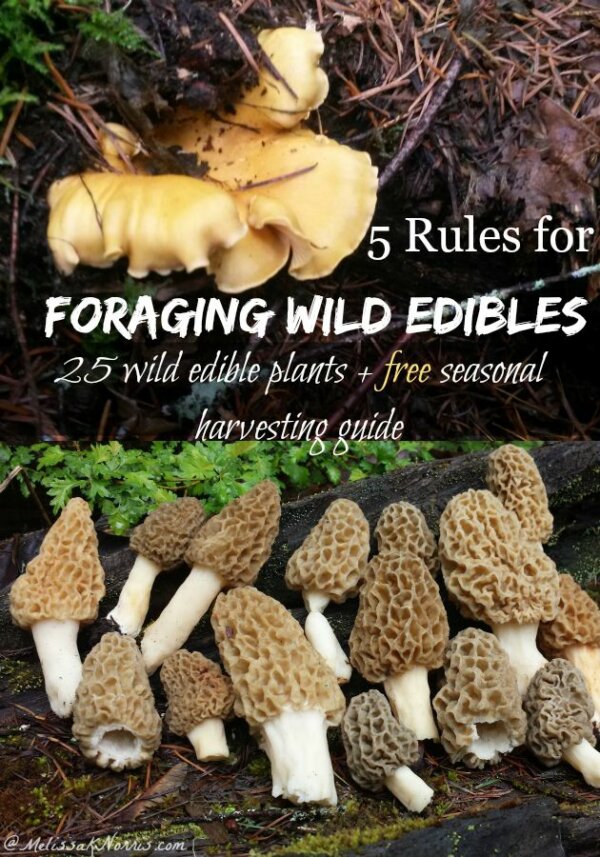
Source Image: melissaknorris.com
Fungi Foraging Safety
Safety should always be your top priority when foraging for wild fungi. Understanding how to distinguish between edible and toxic mushrooms and what to do in case of accidental poisoning is crucial.
Identifying Toxic vs. Edible Fungi
Knowing the differences between edible and toxic fungi can save your life.
| Characteristic | Edible Mushrooms | Toxic Mushrooms |
|---|---|---|
| Cap | Smooth, uniform color. | Often has warts, scales. |
| Gills | Free from the stem, well-spaced. | Crowded, attached to stem. |
| Spore Print | White, pink, or brown. | White, green, black. |
Common Poisonous Fungi to Avoid
There are several dangerous fungi that foragers should be aware of.
- Death Cap (Amanita phalloides): Responsible for the majority of mushroom poisoning deaths.
- Destroying Angel (Amanita bisporigera): Highly toxic, often confused with edible varieties.
- Jack O’Lantern (Omphalotus olearius): Bright orange, causes severe gastrointestinal distress.
First Aid for Mushroom Poisoning
If you suspect mushroom poisoning, seek medical help immediately.
| Step | Action |
|---|---|
| Remain Calm | Keep the affected person calm. |
| Identify the Mushroom | If possible, bring the mushroom for identification. |
| Seek Medical Help | Contact poison control or go to the nearest hospital. |
| Avoid Inducing Vomiting | Do not induce vomiting unless directed by a professional. |
Best Practices for Safe Foraging
Following best practices ensures a safe and enjoyable foraging experience.
- Learn from Experts: Join foraging groups or go with experienced foragers.
- Check Local Regulations: Ensure foraging is allowed in the area.
- Avoid Polluted Areas: Fungi absorb toxins from their environment.

Source Image: www.incrediblemushrooms.com
Basic Mycology for Foragers
Understanding the basics of mycology can enhance your foraging experience and help you make informed decisions.
Understanding Fungal Anatomy
Knowing the parts of a mushroom helps in proper identification.
| Part | Description |
|---|---|
| Cap | The top part, often umbrella-shaped. |
| Gills | Located under the cap, produces spores. |
| Stipe (Stem) | Supports the cap, varies in length. |
| Spore Print | The color of spores left on paper. |
Life Cycle of Mushrooms
Mushrooms have a fascinating life cycle that includes several stages.
- Spore Release: Spores are released from the gills or pores.
- Germination: Spores land on suitable substrate and germinate.
- Mycelium Formation: Hyphae grow and form a network.
- Fruiting Body: The visible mushroom forms and releases spores.
Common Mushroom Families and Their Characteristics
Different mushroom families have unique features that aid in identification.
| Family | Characteristics | Common Edible Species |
|---|---|---|
| Agaricaceae | Gilled mushrooms, spore print typically brown. | Button Mushrooms, Portobello |
| Boletaceae | Spongy layer of pores instead of gills. | King Bolete, Bay Bolete |
| Russulaceae | Brittle gills, often brightly colored. | Russula, Lactarius |
Seasonal Foraging
Mushroom foraging varies with the seasons. Knowing what to look for and when can maximize your harvest.
Spring Fungi
Spring is an excellent time to forage for certain mushrooms.
| Mushroom | Characteristics | Habitat |
|---|---|---|
| Morels | Honeycomb cap, hollow inside. | Woodlands, riverbanks |
| Oyster Mushrooms | Shelf-like, grows on dead wood. | Decaying hardwood |
Summer Fungi
The warm months bring out a different variety of mushrooms.
| Mushroom | Characteristics | Habitat |
|---|---|---|
| Chanterelles | Vase-shaped, fragrant. | Mixed woods |
| Chicken of the Woods | Bright orange, shelf-like. | Oak trees, decaying wood |
Autumn Fungi
Fall is a prime season for mushroom foraging.
| Mushroom | Characteristics | Habitat |
|---|---|---|
| Porcini | Large, brown cap, thick stem. | Pine forests |
| Hen of the Woods | Clustered, fan-shaped caps. | Base of hardwood trees |
Winter Fungi
Even in winter, some fungi can be found.
| Mushroom | Characteristics | Habitat |
|---|---|---|
| Velvet Foot | Brown cap, velvety stem. | Decaying wood |
| Wood Ear | Gelatinous, ear-shaped. | Decaying hardwood |
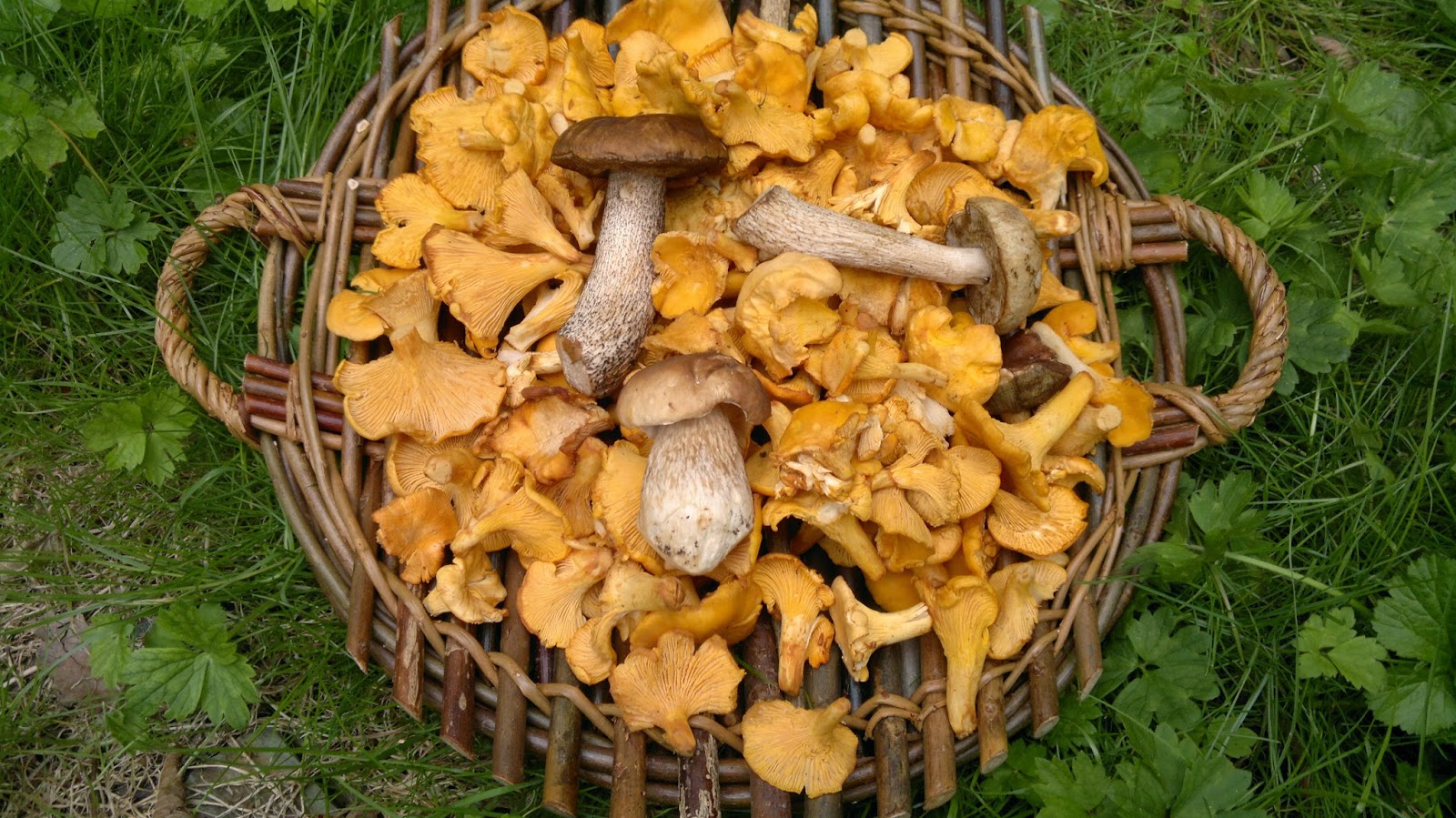
Source Image: www.foodiequine.co.uk
Foraging Locations
Finding the right location is key to a successful foraging trip.
Forests and Woodlands
Forests are rich in fungal biodiversity.
| Pros | Cons |
|---|---|
| High variety of mushrooms. | Can be difficult to navigate. |
| Rich, undisturbed soil. | Possible encounters with wildlife. |
Meadows and Grasslands
Open areas can yield surprising fungal finds.
| Pros | Cons |
|---|---|
| Easy to navigate and survey. | Fewer mushroom varieties. |
| Good visibility. | Risk of pesticides. |
Urban Parks and Gardens
Even urban areas can be fruitful foragers.
| Pros | Cons |
|---|---|
| Easily accessible. | Pollution risk. |
| Safe and familiar environment. | Limited variety. |
Coastal and Mountain Regions
Unique ecosystems offer unique foraging opportunities.
| Pros | Cons |
|---|---|
| Rare and unusual species. | Can be remote and challenging. |
| Scenic views and diverse habitats. | Weather can be unpredictable. |
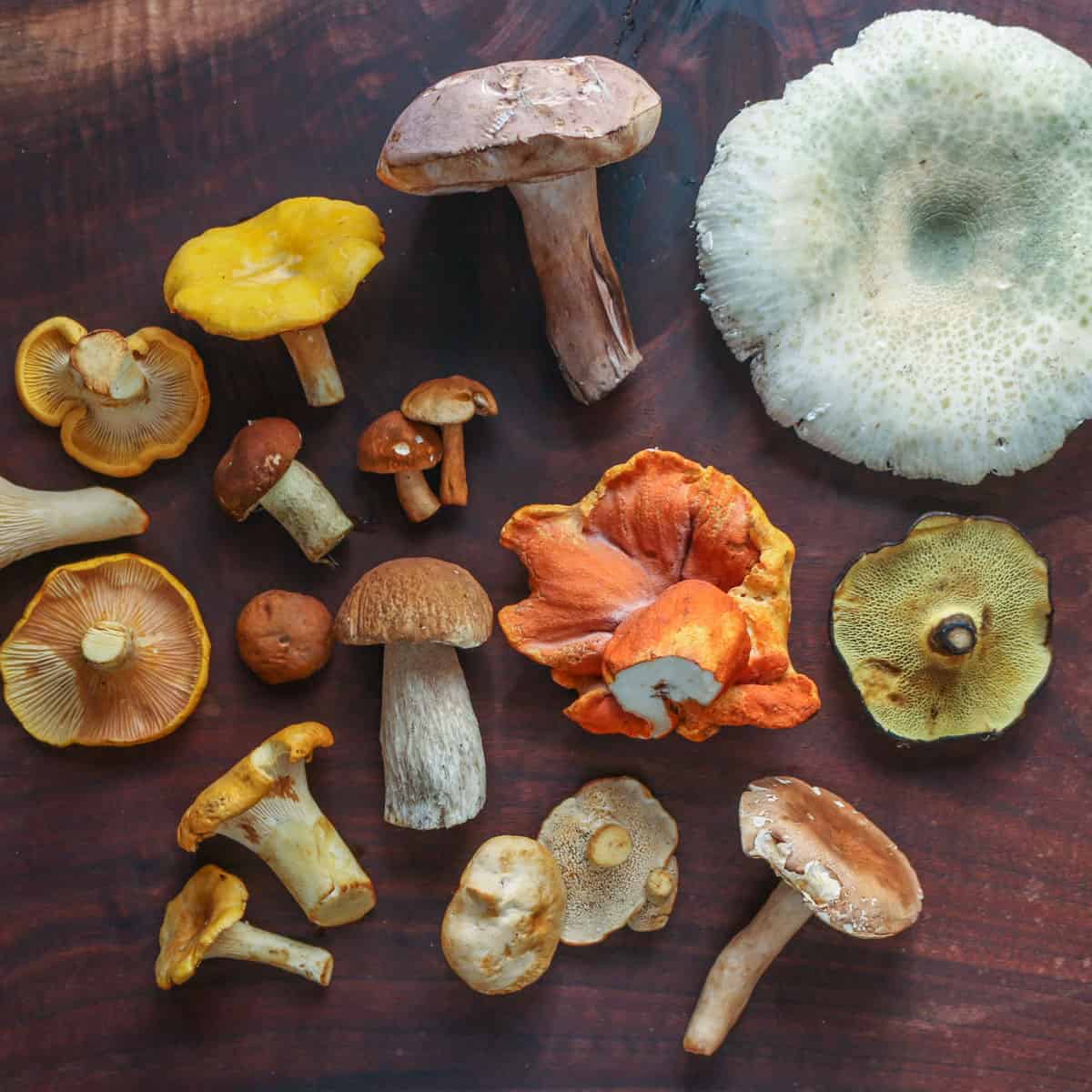
Source Image: foragerchef.com
Foraging for Wild Edible Fungi
Identifying Edible Fungi
Correct identification is crucial for safe and enjoyable foraging.
Key Identification Features
Learn the distinguishing features of edible mushrooms.
| Feature | Description |
|---|---|
| Cap Shape | Convex, concave, flat. |
| Gills or Pores | Free, attached, crowded, or spaced. |
| Spore Print Color | White, brown, pink, etc. |
| Stem Characteristics | Hollow, solid, bulbous. |
Common Edible Species
Some mushrooms are widely recognized and easier to identify.
| Mushroom | Identification | Habitat |
|---|---|---|
| Morel | Honeycomb cap, hollow inside. | Woodlands, riverbanks |
| Chanterelle | Vase-shaped, fragrant. | Mixed woods |
| Oyster Mushroom | Shelf-like, white to gray. | Decaying hardwood |
Lookalike Species and How to Differentiate Them
Avoiding toxic lookalikes is essential for safety.
| Edible Mushroom | Toxic Lookalike | Key Differences |
|---|---|---|
| Morel | False Morel (Gyromitra) | False morels have wrinkled, not pitted caps. |
| Chanterelle | Jack O’Lantern | Jack O’Lanterns have true gills, not forked. |
Ethical Foraging Practices
Ethical foraging ensures the sustainability of wild mushroom populations.
Sustainable Harvesting Techniques
Harvest mushrooms in a way that promotes regrowth.
| Technique | Description |
|---|---|
| Cut at Base | Use a knife to cut the mushroom at the base. |
| Spread Spores | Leave some mature mushrooms to release spores. |
| Minimal Disturbance | Avoid disturbing the surrounding habitat. |
Legal Considerations and Permits
Always check local regulations before foraging.
| Region | Permit Required | Notes |
|---|---|---|
| National Parks | Yes | Often requires a permit. |
| Private Land | With Permission | Always ask the landowner. |
| Public Land | Varies | Check local rules and regulations. |
Respecting Ecosystems and Habitats
Respect for the environment is paramount.
- Leave No Trace: Take only what you need and leave no litter.
- Respect Wildlife: Avoid disrupting animal habitats.
- Stay on Paths: Prevent soil erosion and habitat destruction.

Source Image: www.youtube.com
Processing and Preserving Foraged Fungi
Proper processing and preservation ensure that your foraged fungi stay fresh and safe to eat.
Cleaning and Preparing Fresh Mushrooms
Clean your mushrooms promptly to remove dirt and debris.
| Step | Description |
|---|---|
| Brushing | Use a soft brush to remove dirt. |
| Rinsing | Rinse briefly under cold water. |
| Pat Drying | Pat mushrooms dry with a paper towel. |
Drying Techniques
Drying mushrooms is a great way to preserve them.
| Method | Pros | Cons |
|---|---|---|
| Air Drying | Simple, no special equipment needed. | Takes longer, needs space. |
| Dehydrator | Quick and efficient. | Requires a dehydrator. |
| Oven Drying | Accessible, most homes have an oven. | Requires careful monitoring. |
Freezing and Storing
Freezing mushrooms preserves their texture and flavor.
| Step | Description |
|---|---|
| Blanching | Briefly boil mushrooms to preserve texture. |
| Freezing | Spread mushrooms on a baking sheet and freeze. |
| Storing | Transfer to airtight containers or bags. |
Making Mushroom Powder
Mushroom powder is a versatile way to use your foraged fungi.
| Step | Description |
|---|---|
| Drying | Dry mushrooms completely. |
| Grinding | Use a food processor or spice grinder. |
| Storing | Keep in an airtight container. |
Culinary Uses of Edible Fungi
Edible fungi are not just nutritious; they add depth and flavor to a wide range of dishes.
Traditional Recipes from Around the World
Different cultures have unique ways of incorporating mushrooms into their cuisine.
| Region | Dish | Description |
|---|---|---|
| Italy | Risotto ai Funghi | Creamy risotto with porcini mushrooms. |
| Japan | Miso Soup | Soup with shiitake mushrooms. |
| France | Coq au Vin | Chicken stew with mushrooms and wine. |
Modern Gourmet Mushroom Dishes
Elevate your cooking with these gourmet dishes.
| Dish | Description |
|---|---|
| Wild Mushroom Risotto | Creamy risotto with a mix of wild mushrooms. |
| Mushroom Tart | Savory tart with caramelized onions and mushrooms. |
Mushroom Pairings with Other Foods
Mushrooms pair well with a variety of ingredients.
| Ingredient | Mushroom Pairing |
|---|---|
| Garlic | Enhances the earthy flavor of mushrooms. |
| Thyme | Complements the natural aroma of fungi. |
| Cheese | Adds creaminess to mushroom dishes. |
Nutritional and Medicinal Benefits of Edible Fungi
Edible fungi are not only delicious but also packed with nutrients and medicinal properties.
Nutritional Profile of Common Edible Mushrooms
Mushrooms are a powerhouse of nutrition.
| Nutrient | Benefits | Mushroom Source |
|---|---|---|
| Vitamin D | Supports bone health. | Shiitake, Maitake |
| Antioxidants | Protects cells from damage. | Reishi, Chaga |
| Protein | Essential for muscle repair. | Oyster, Portobello |
Medicinal Properties and Uses
Many mushrooms have been used in traditional medicine for centuries.
| Mushroom | Medicinal Benefits |
|---|---|
| Reishi | Boosts the immune system. |
| Lion’s Mane | Supports cognitive function. |
| Turkey Tail | Contains cancer-fighting compounds. |
Supplements and Extracts
Mushroom supplements can be a convenient way to enjoy their benefits.
| Type | Benefits |
|---|---|
| Mushroom Powder | Easy to add to smoothies or recipes. |
| Capsules | Convenient for daily use. |
| Extracts | Highly concentrated, potent benefits. |
Foraging with Family and Groups
Foraging can be a fun and educational activity for families and groups.
Educational Foraging Trips
Organize trips to teach others about fungi foraging.
| Activity | Description |
|---|---|
| Guided Walks | Learn from experienced foragers. |
| Workshops | Hands-on learning experiences. |
Activities for Children and Beginners
Make foraging enjoyable for kids and newbies.
| Activity | Description |
|---|---|
| Scavenger Hunts | Fun way to learn about different mushrooms. |
| Nature Journaling | Document finds and learn identification. |
Community Foraging Events
Join local events to connect with other foragers.
| Event | Description |
|---|---|
| Mushroom Festivals | Celebrate and learn about fungi. |
| Foraging Tours | Explore new locations with a group. |
Foraging Etiquette and Best Practices
Good foraging etiquette ensures a positive experience for everyone.
Respecting Other Foragers
Be considerate of other foragers.
| Etiquette | Description |
|---|---|
| Share Locations | Be willing to share good spots. |
| Respect Boundaries | Don’t encroach on others’ finds. |
Leave No Trace Principles
Maintain the integrity of foraging sites.
| Principle | Description |
|---|---|
| Pack Out Trash | Leave the area cleaner than you found it. |
| Minimize Impact | Stick to trails and established paths. |
Reporting Rare or Unusual Finds
Contribute to citizen science by reporting unusual fungi.
| Action | Description |
|---|---|
| Take Photos | Document the find with clear photos. |
| Report to Authorities | Contact local mycological societies. |
Advanced Mycology for Enthusiasts
For those who want to take their mycological knowledge to the next level.
Cultivating Edible Mushrooms at Home
Grow your own mushrooms at home.
| Method | Description |
|---|---|
| Kits | Easy-to-use kits for beginners. |
| Logs | Inoculate logs with mushroom spores. |
| Beds | Create mushroom beds in your garden. |
Participating in Mycological Societies and Clubs
Join groups to deepen your knowledge.
| Society | Description |
|---|---|
| North American Mycological Association | Offers resources and events. |
| Local Mycology Clubs | Connect with local enthusiasts. |
Contributing to Citizen Science Projects
Help advance the field of mycology.
| Project | Description |
|---|---|
| Mushroom Surveys | Collect data on mushroom populations. |
| DNA Sequencing | Participate in genetic research. |
Foraging for wild edible fungi is a fascinating and enriching hobby that connects us to nature, enhances our culinary experiences, and supports sustainable living. Whether you’re just starting out or looking to deepen your expertise, there’s always something new to learn and discover in the world of wild mushrooms. Happy foraging!

